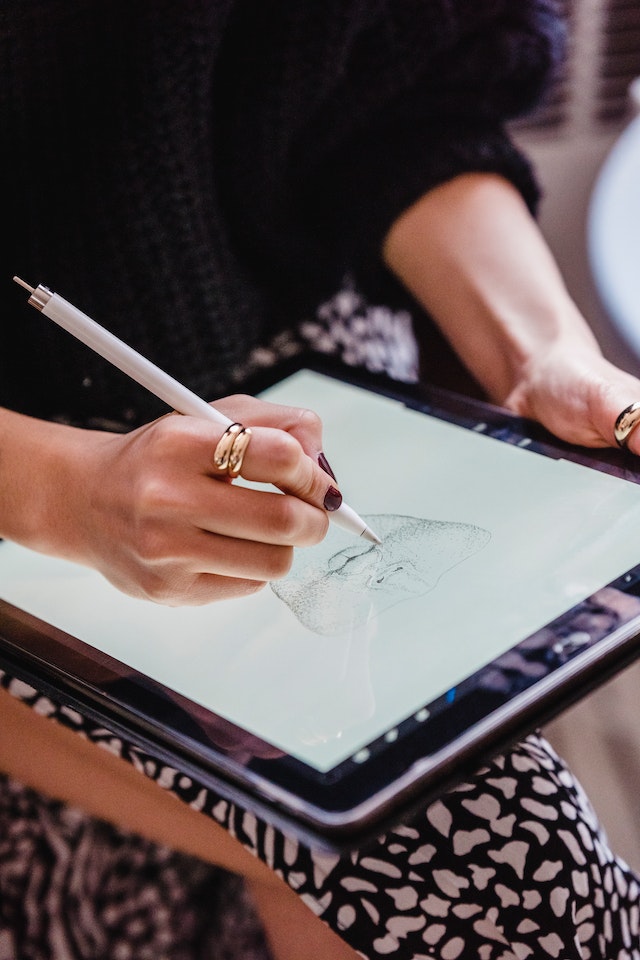In the cutting-edge digital age, photo designers play a pivotal position in shaping the web world. Their paintings affect how individuals understand and interact with companies and companies, from websites and social media to advertisements and branding. Achieving online success through photo design requires technical proficiency and a deep knowledge of creative strategies. This article will discover crucial photograph design techniques by professional graphic designers that free up creativity and make a contribution to online success.
1. Understand Your Audience
Effective photograph design starts offevolved with a radical knowledge of your target audience. As Graphic Designers, it is essential to research your target audience’s alternatives, behaviors, and demographics. What appeals to at least one demographic may not resonate with every other. Tailoring your designs to shape your target market’s pastimes and expectancies is fundamental to online achievement.
2. Embrace Minimalism
In the cluttered virtual panorama, less is often greater. Minimalism in photo layout entails simplifying elements to bring a clean and concise message. Clean layouts, sufficient white area, and minimalist shade palettes can make your designs visually attractive and less complicated for customers to navigate. Minimalistic designs are specifically powerful in growing memorable emblems, website interfaces, and social media posts.
3. Consistency is Key
Consistency in design factors is a trademark of successful branding. Whether you’re designing a website, social media photos, or marketing substances, hold a regularly visible identity. This consists of the use of identical fonts, coloration schemes, and emblem placement throughout all systems. Consistency builds logo reputation and considers along with your audience.
4. Prioritize User Experience (UX)
Graphic layout and user enjoyment (UX) are intricately linked. A visually stunning layout is best effective if it enhances the user’s experience. Consider the user’s journey when designing websites or apps. Ensure that navigation is intuitive, pages load quickly, and content material is straightforward to read. A consumer-pleasant experience keeps visitors engaged and encourages them to discover further.
5. Storytelling Through Visuals
Visual storytelling is a mighty device for attractive audiences. Use pix, illustrations, and graphics to tell a compelling narrative. Whether you are showcasing a product, sharing your logo’s records, or conveying a message, visuals can evoke emotions and create a lasting impact. Visual storytelling makes your content material memorable and shareable.
6. Responsive Design
With maximum internet visitors coming from cell gadgets, responsive design is essential. Ensure that your designs adapt seamlessly to numerous display screen sizes and orientations. Responsive layout complements user revel in and boosts your website’s search engine ranking, contributing to online fulfillment.
7. Stay Current With Trends
The subject of photo design is continuously evolving, with new traits emerging frequently. Staying up-to-date with those traits is vital for relevance. Trends including 3-D design, retro aesthetics, and minimalist animations can add sparkling and tasty factors to your designs. However, always make certain that developments align with your emblem and message.
Conclusion
Graphic design is greater than simply developing visually attractive content; it is approximately the use of creativity and strategic wondering to gain online achievement. By understanding your audience, embracing minimalism, retaining consistency, prioritizing consumer revel, incorporating visible storytelling, adapting to responsive layout, staying cutting-edge with developments, listening to typography, and continuously testing and iterating, you can free up the total capacity of your photo layout strategies. These standards are the building blocks of online success, helping you create designs that resonate with your target audience and give away an enduring influence inside the digital realm.


